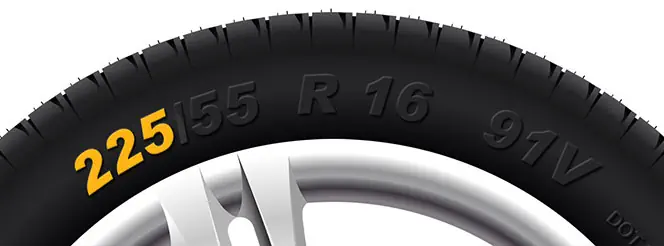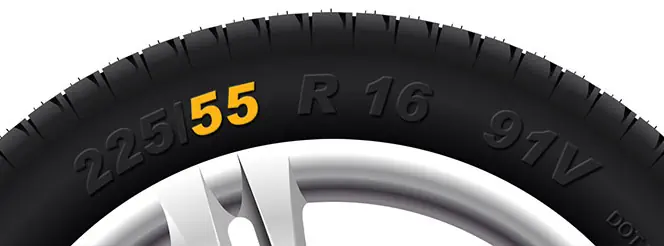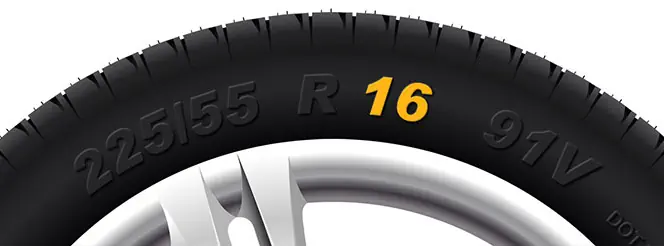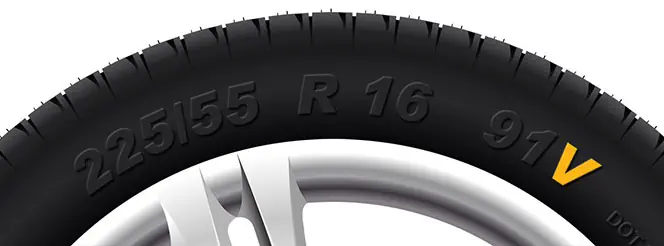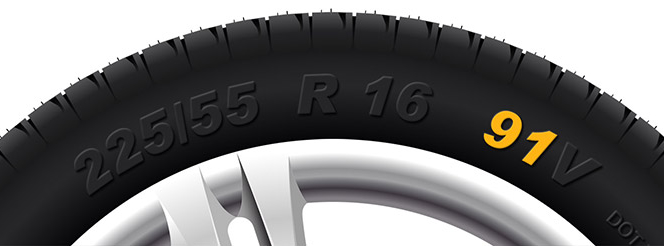How to Remove and Clean Car Mats
Jack Dreyer | Monday 30th May 2022 8:30am
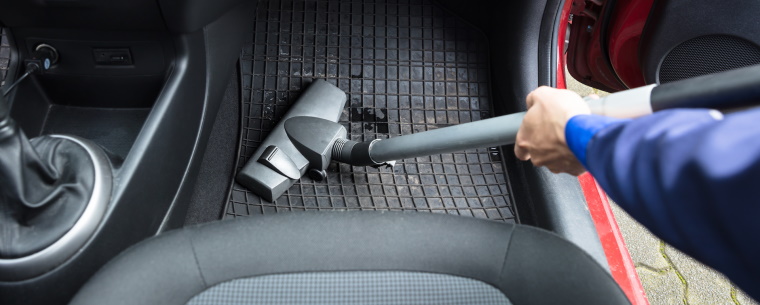
Car mats and footwells inevitably get dirty when a vehicle is used regularly.
While dusty floor mats arenít going to affect the performance of the car, they can lead to some bad odours. Clean car mats may not be a vital part of car servicing, but they do make using your vehicle a more pleasant experience.
Even a thorough clean of a car mat and footwell can be accomplished easily with a high suction vacuum, a brush, and detergent. Here are a few tips for this simple area of car maintenance.
How to remove your car seats
To really get in there and clean the footwell, the car seats may need to be removed. You may be able to leave the seats in place. It depends on how far back they go - and how dirty the carpets are.
Before removing seats with airbags, disconnect the negative battery cable and wait for 20 minutes. Slide the seat forward and remove the screws in the back, and then repeat the other way. Tilt the seat and disconnect any cables or harnesses, and then carefully remove it.
Removing the seats is beneficial for various forms of car maintenance, so itís worth knowing how to do it to save yourself time and hassle.

How to remove your car mats
Fold the edges of the car met over, to prevent any mess from falling back onto the carpet, where itís harder to remove. Then, lift the mats from the vehicle, and leave them to one side on a dry, flat surface such as a driveway.
It is important to not place mats in a walkway, as they can easily become an unseen trip hazard.
How to clean your footwell carpets
- The first step to getting the car clean is vacuuming. Use a high-suction vacuum, like a workshop vacuum, to make sure the pressed-in dirt is lifted out. A cordless vacuum cleaner would be easiest here.
- Use a brush with stiff bristles as you vacuum. This will loosen the dirt thatís embedded in the fibre, which you can then suck up with the vacuum.
- With the loose dirt lifted, remove stubborn mess such as chewing gum. Hot, soapy water and a stiff-bristled brush should work to loosen embedded materials. Or, if you have one, use the pressure from a steam cleaner.
- The next step is to shampoo the footwell. This will remove any leftover dirt and stains, and get rid of bad odours. Spray the entire carpet with a carpet cleaner, and brush in with a stiff-bristled brush. Rub with a microfibre cloth, applying medium pressure.
- One last vacuum will remove the last of the carpet shampoo, and then wipe again with your cloth to blot out the water.
At this stage, you might like to invest in a wet vacuum to mae the entire process easier.

How to clean your floor mats
- A quick brush will remove the surface layer of dust from the floor mat. Vigorously shake and bang the mats to loosen the dust. You may want to wear eye, nose, and mouth protection for this as there is often more dust than expected and the particles can be fine.
- Vacuum the surface of the floor mat with a high-suction vacuum. As with the carpets, use a brush to loosen dirt, and then clear away with the vacuum.
- Use a pressure washer or hose to blast the deeply ingrained dirt, and bring it to the surface.
- Spray the matís surface with carpet shampoo, and leave it to sit for a minute. If you donít have carpet shampoo, washing detergent will get it clean. Work the cleaner into the mat using a stiff-bristled brush. Rub with a microfibre cloth, lifting water and dirt.
- Vacuum the floor mats with your high suction vacuum, pulling out the cleaner and the remaining grime.
- Hang the floor mat to dry in a place with lots of ventilation like a washing line or a fence. Make sure theyíre fully dry before putting them back in the car, or mould can grow.
Clean floor mats and floor wells wonít be as good as a complete car renovation, but they can refresh a tired interior (and remove any lingering bad smells). A stiff-bristled brush and high suction vacuum can do much of the work, with a carpet shampoo clearing the ingrained dirt.
Cleaning solutions at Kwik Fit
For more advice on cleaning your car, head over to our blog where youíll find tips on air con refreshing, tyre cleaning, and general car maintenance.
In the meantime, contact your local Kwik Fit centre with any questions.
Any facts, figures and prices shown in our blog articles are correct at time of publication.
Featured Articles
Is it Illegal to Drive With One Headlight?
Saturday 19th July 2025
Wondering if itís illegal to drive with one headlight? Learn about the safety risks and penalties of illegal blown bulbs and why you should fix them promptly.
Air Con in EVs & Hybrids: Experts Answer Your Questions
Monday 30th June 2025
Does air con drain EV batteries? Can you use the air con while charging an electric car? Find out the answers to these questions & more from Kwik Fitís experts.
Why Is Your Car Making a Noise? Fixes & Tips
Friday 13th June 2025
When your car starts making unexpected noises, it can certainly be quite disconcerting; it may be nothing to worry about, but hereís what you need to know.





